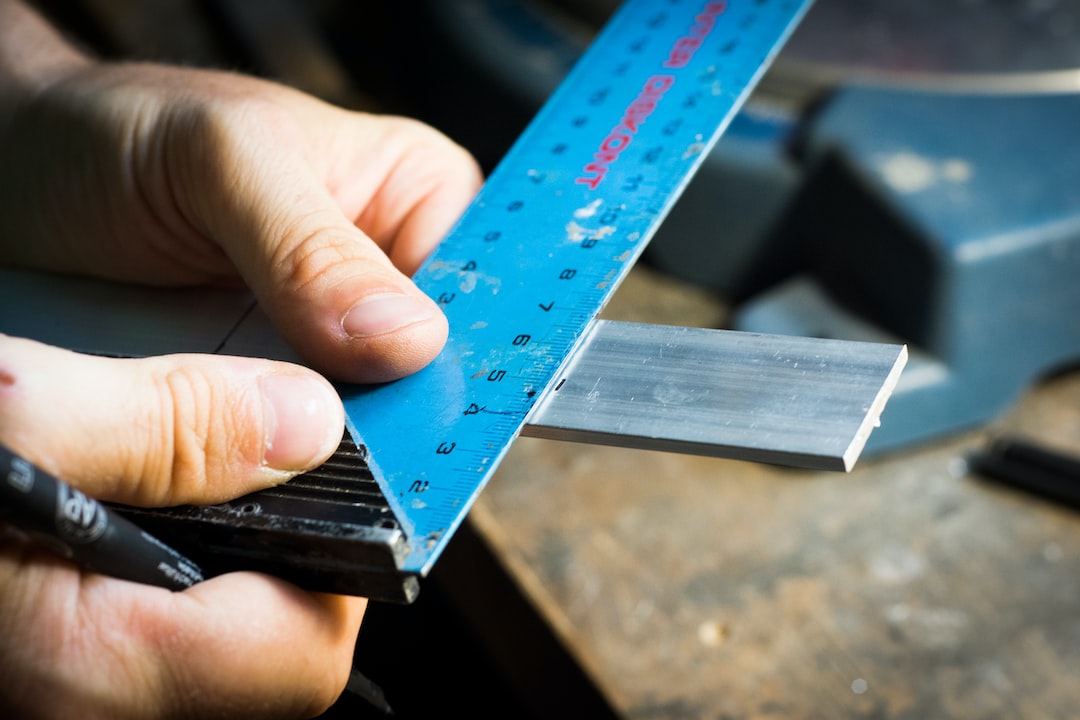Optimizing your production line for maximum efficiency is crucial to the success of your business. A well-optimized production line can help reduce wastage, increase productivity, and ultimately lead to cost savings. In this blog post, we will discuss some key strategies that can help you optimize your production line.
1. Analyze and identify bottlenecks: The first step towards optimizing your production line is to thoroughly analyze your current production process. Identify any bottlenecks or areas where productivity is low. This could be due to a lack of equipment, inefficient workflows, or staffing issues. By pinpointing these bottlenecks, you can focus your efforts on improving those specific areas.
2. Streamline workflows: Once you have identified the bottlenecks, it is important to streamline your workflows. Look for ways to eliminate unnecessary steps or redundancies in your production process. This could involve reorganizing workstations, implementing automation technologies, or revising standard operating procedures. By streamlining your workflows, you can reduce the time it takes to complete tasks and improve overall productivity.
3. Implement lean manufacturing principles: Lean manufacturing principles focus on eliminating waste and increasing efficiency. By implementing these principles in your production line, you can optimize your processes and reduce costs. Some key lean manufacturing techniques include 5S (sort, set in order, shine, standardize, sustain), kanban systems, and continuous improvement. These techniques can help you reduce inventory, improve scheduling, and enhance overall efficiency.
4. Invest in technology and automation: Technology and automation play a vital role in optimizing production lines. Consider investing in advanced machinery, robotics, and software systems that can help improve productivity and reduce errors. Automated systems can handle repetitive or monotonous tasks, allowing your workforce to focus on more strategic and higher-value activities. Additionally, technology can provide real-time data and analytics, facilitating better decision-making and process optimization.
5. Train and empower your workforce: A well-trained and empowered workforce is essential for optimizing your production line. Provide regular training to your employees to enhance their skills and knowledge. Encourage a culture of continuous improvement and empower your employees to suggest and implement process enhancements. By fostering a motivated and skilled workforce, you can unlock their full potential and achieve maximum efficiency.
6. Regularly monitor and measure performance: Finally, it is essential to regularly monitor and measure the performance of your production line. Track key performance indicators (KPIs) such as cycle time, production yield, and defect rates. Analyze the data to identify trends and areas for improvement. Regular performance monitoring will help you identify any deviations from the desired efficiency levels and take corrective actions promptly.
In conclusion, optimizing your production line for maximum efficiency requires a systematic approach. By analyzing bottlenecks, streamlining workflows, implementing lean principles, investing in technology, empowering your workforce, and regularly monitoring performance, you can create a highly efficient production line that drives success for your business.

